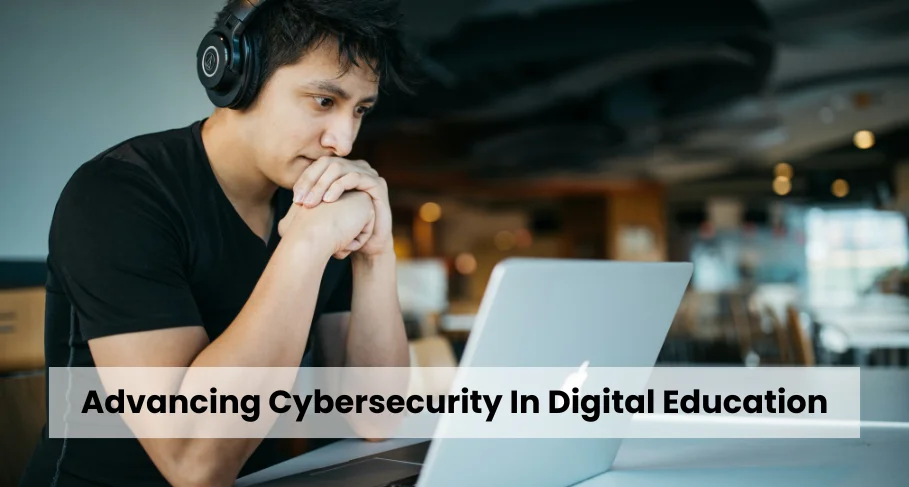In the realm of educational technology, there’s an alarming trend in cybersecurity vulnerabilities, as illustrated by rising instances of phishing scams, ransomware onslaughts, and significant data violations. These phishing assaults cunningly coax private details from unsuspecting victims. In contrast, ransomware threatens the sanctity of critical information, coercing institutions with financial demands to regain data access.
Statistics and Risks Cybersecurity in Education
Perturbing statistics from the latest inquiries highlight that the educational domain experiences a disproportionately high frequency of ransomware incursions – more so than any other sector assessed. Data from 2023 bear witness to this crisis, with 80% of primary and secondary education providers, alongside 79% of tertiary education establishments, admitting they were ransomware targets. This shows a drastic spike from the previous year’s 56% and 64%. The repercussions are dire: not only does this lead to data intrusion and the jeopardy of sensitive details, but it also subverts the fundamental trust in the privacy of students and staff, not to mention the overarching defensive systems of these scholarly institutions.
Sadly, the path to bolstering cybersecurity defenses in EdTech is laden with obstacles. Financial limitations and an inherent aversion to change among stakeholders are significant barricades. Addressing this, it becomes clear that there’s a pressing necessity for both calculated action plans and active participation from all parties concerned to safeguard the future of educational technology.
Cyber Security Measures for EdTech
Securing educational technology platforms is a complex task that hinges on several core practices. Users must establish unique, strong passwords, verify user permissions are correctly set, and engage in frequent software updates and data backups. Additionally, instilling a security-focused mindset via educational programs plays a pivotal role in warding off contemporary digital threats.
Both learners and teachers are central figures in upholding cyber safety. Supplementing basic security practices with actions like cautious browsing, the use of Virtual Private Networks (VPNs), and prudent sharing of personal details enhances overall protection. You should also choose reliable data exchange tools. Many educational organizations underestimate the benefits of faxing. With the fax app, you can send documents securely without the hassles of a fax machine. If you need instructions, you can look them up on the VeePN website.
Understanding how to respond to a cyber incident is also key for any entity. Quick containment actions coupled with strategic recovery plans significantly reduce the adverse effects of cyber invasions in scholastic environments. A response plan that clearly defines everyone’s responsibilities is an indispensable part of this preparedness.
Conclusion
Keeping our online learning places safe is super important! Just like how superheroes protect the world, cybersecurity keeps students and teachers safe on the internet. If you use a computer or tablet to learn, you’d want everything to be private and secure, right? The listed cybersecurity measures take care of your devices and data. We must keep creating and learning new tricks to be smarter than the sneaky cyber-villains!
